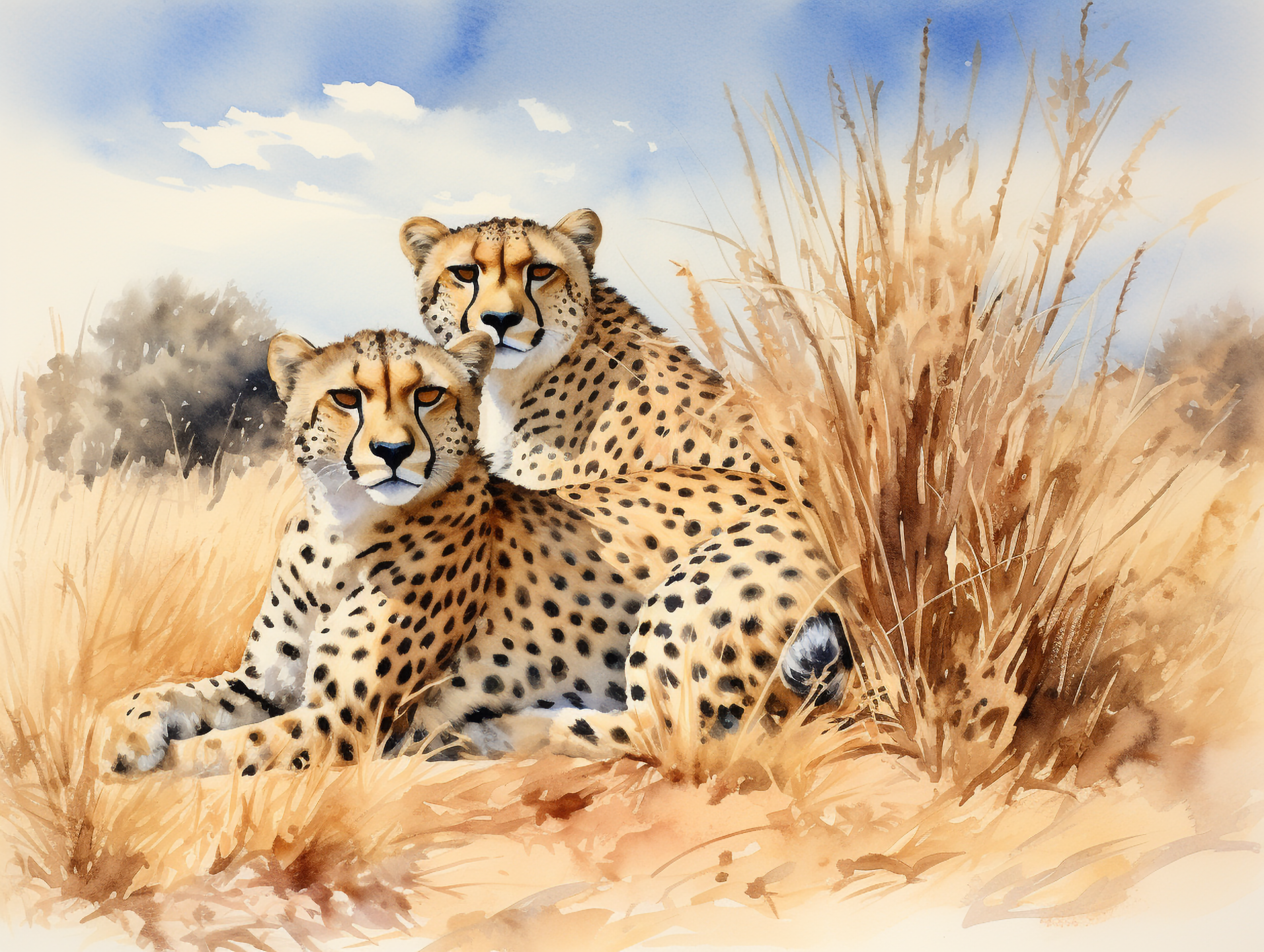What is natural selection? According to Oxford Languages, natural selection is the process whereby organisms better adapted to their environment tend to survive and produce more offspring. Meaning those less well adapted die out.
In the introduction to On the Origin of Species, Darwin wrote, “I am fully convinced that species are not immutable.” He continued, “Furthermore, I am convinced that Natural Selection has been the main but not exclusive means of modification.”
But Darwin had no proof to support natural selection. In On the Origin of Species, he used hypothetical examples (e.g., wolves evolving into deer-like creatures) because direct evidence was lacking. So, instead of direct evidence for natural selection, Darwin based his argument on domestic breeding, or artificial selection.
A) The Origin of Species
Yet in all the years of domestic breeding, no one ever reported the origin of a new species, much less a new organ or body plan. In the 1930s, Neo-Darwinian biologist Theodosius Dobzhansky used the word microevolution to refer to changes within existing species (such as those observed by domestic breeders), and the word macroevolution to refer to the origin of new species, organs, and body plans. He wrote, “… we are compelled at the present level of knowledge reluctantly to put a sign of equality between the mechanisms of macro- and microevolution, and proceeding on this assumption, to push our investigations as far ahead as this working hypothesis will permit.”
B) Evidence for Natural Selection?
But a “working hypothesis” is not evidence. It wasn’t until the 1950s that British naturalist Bernard Kettlewell discovered what appeared to be the first evidence for natural selection. Peppered moths in the UK exist predominantly in two varieties: dark (“melanic”) and light. Before the 19th-century industrial revolution, melanic forms were rare or absent, but when smoke from industrial cities darkened nearby tree trunks, the melanic form became much more common. This phenomenon, called industrial melanism, was attributed to melanic moths being better camouflaged than light moths and thus less visible to predatory birds: in other words, to natural selection.
Kettlewell captured some of each variety and marked them with a tiny spot of paint. Then he released them onto dark- or light-coloured tree trunks. When he recaptured some on the next day, he found that a significantly greater proportion of better-camouflaged moths survived. Kettlewell termed this “Darwin’s missing evidence.” The story, usually illustrated with photos of light- and dark-coloured peppered moths on light- and dark-coloured tree trunks, was featured for decades in many biology textbooks as compelling evidence for evolution.
i) The Habits of Peppered Moths
By the 1980s, however, it had become clear that peppered moths don’t normally rest on tree trunks in the wild. They fly by night and rest during the day in upper branches where they can’t be seen. By releasing moths onto tree trunks in the daytime, Kettlewell’s experiment failed to simulate natural conditions. It turned out that most textbook photographs had been staged by pinning dead moths on tree trunks or by placing live moths in unnatural positions and photographing them before they moved away. Since peppered moths naturally rest in hidden locations (not tree trunks), Kettlewell’s experiment artificially inflated survival rates, misrepresenting natural selection’s role.
ii) Darwin’s Finches of the Galápagos Islands
Better evidence for natural selection came from finches in the Galápagos Islands in the 1970s. Biologists Peter and Rosemary Grant and their colleagues studied the finch species found on one of the islands. They kept detailed records of each finch species’ anatomy, including the length and depth of their beaks. A severe drought in 1977 killed many of the islands’ plants, and about 85 percent of the birds died. The Grants and their colleagues noted that the survivors had beaks that were, on average, 5 percent larger than the population average before the drought, presumably because the surviving birds were better able to crack the tough seeds left by the drought. In other words, the shift was due to natural selection. The Grants estimated that if a similar drought occurred every ten years, the birds’ beaks would grow until they qualify as a new species in 200 years.
However, when the drought ended and the rains returned, food was plentiful, and the average beak size returned to normal. This cyclical change (no net evolution) aligns with the Biblical ‘kinds’ (Genesis 1:24)—variation within limits, not transformation into new organisms. Nevertheless, “Darwin’s finches” found their way into most biology textbooks as evidence for evolution by natural selection.
C) Arrival of the fittest
So, there is evidence for natural selection, but like domestic breeding, it has never been observed to produce anything more than microevolution. As Dutch botanist Hugo de Vries wrote in 1904, “Natural selection may explain the survival of the fittest, but it cannot explain the arrival of the fittest.” For the arrival of the fittest, most modern evolutionary biologists, like de Vries himself, rely on mutations.
Conclusion:
At best, natural selection can explain why there are more of one type of species than another and why some species go extinct altogether. It can’t explain or prove the formation of new organs or limbs. If this is the main mechanism the theory of evolution stands on, the theory is not as robust as many advertise it to be.
For other articles in this series, click here.
You can find us on Facebook: https://www.facebook.com/StPaulCopticApologetics and YouTube: https://www.youtube.com/@SaintPaulCopticApologetics.



